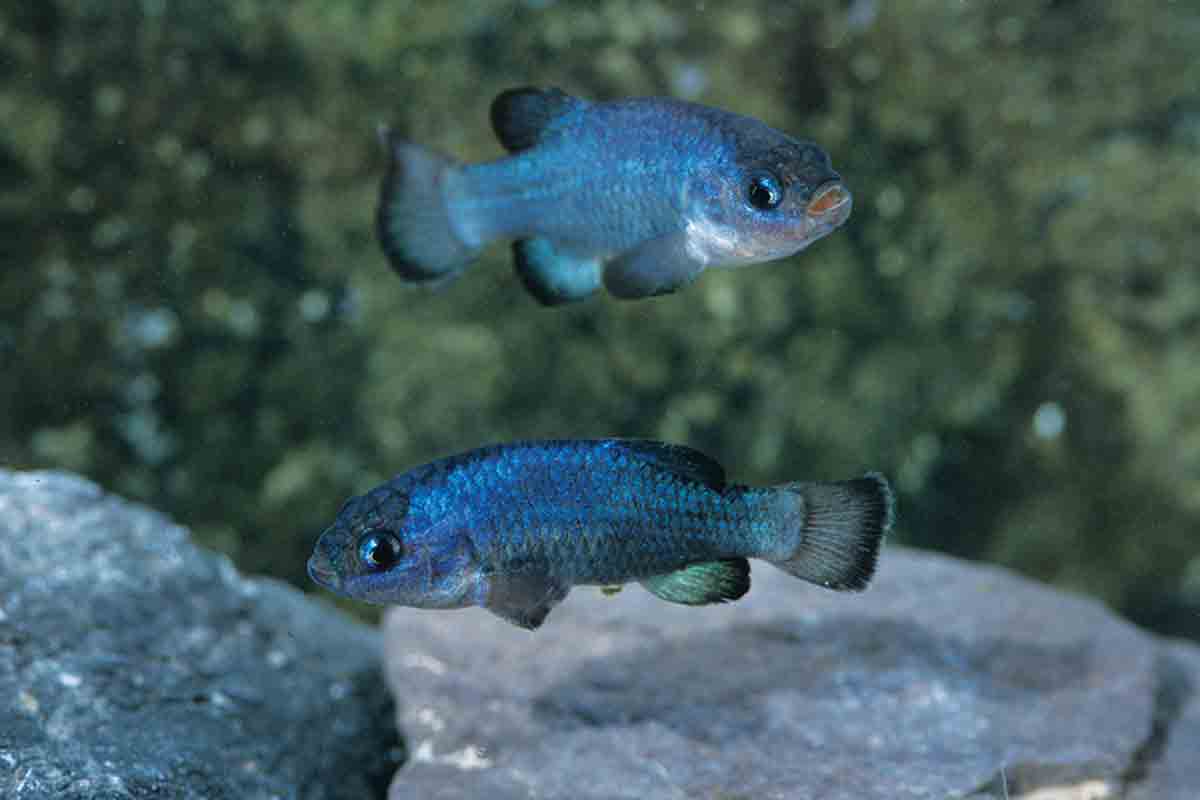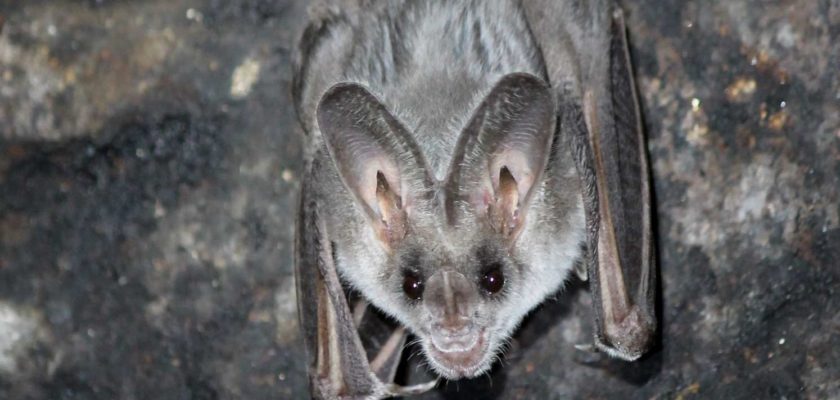Cave animals are some of the most fascinating creatures on the planet. They either permanently or temporarily live here and have adapted to life in the dark, unforgiving environment of caves. Many of these animals are adapted to live in complete darkness and therefore have reduced eyesight or no eyes at all. So what are some of the most notable animals that live in caves?
Tumbling Creek cave snail
The Tumbling Creek cave snail is a species of cave-dwelling snail that is found only in Tumbling Creek Cave in Missouri. It is a small snail that is believed to have evolved from a surface-dwelling ancestor, and it is one of only a few species of cave snails that are found in the United States. This type of cave snail is considered to be an endangered species due to the small size of its population and the threat of habitat destruction. That is obviously because it only occurs in a single cave system in the world.
Gray Bat
The gray bat is a species of bat that is found in the southeastern United States. It is a medium-sized bat with gray or brown fur, and it is known for its large, loose folds of skin that extend from its body, a feature that makes it easily recognizable. This type of bat is a federally endangered species and is protected by the Endangered Species Act. It is found in a limited number of caves in Tennessee, Missouri, Arkansas, and Alabama.
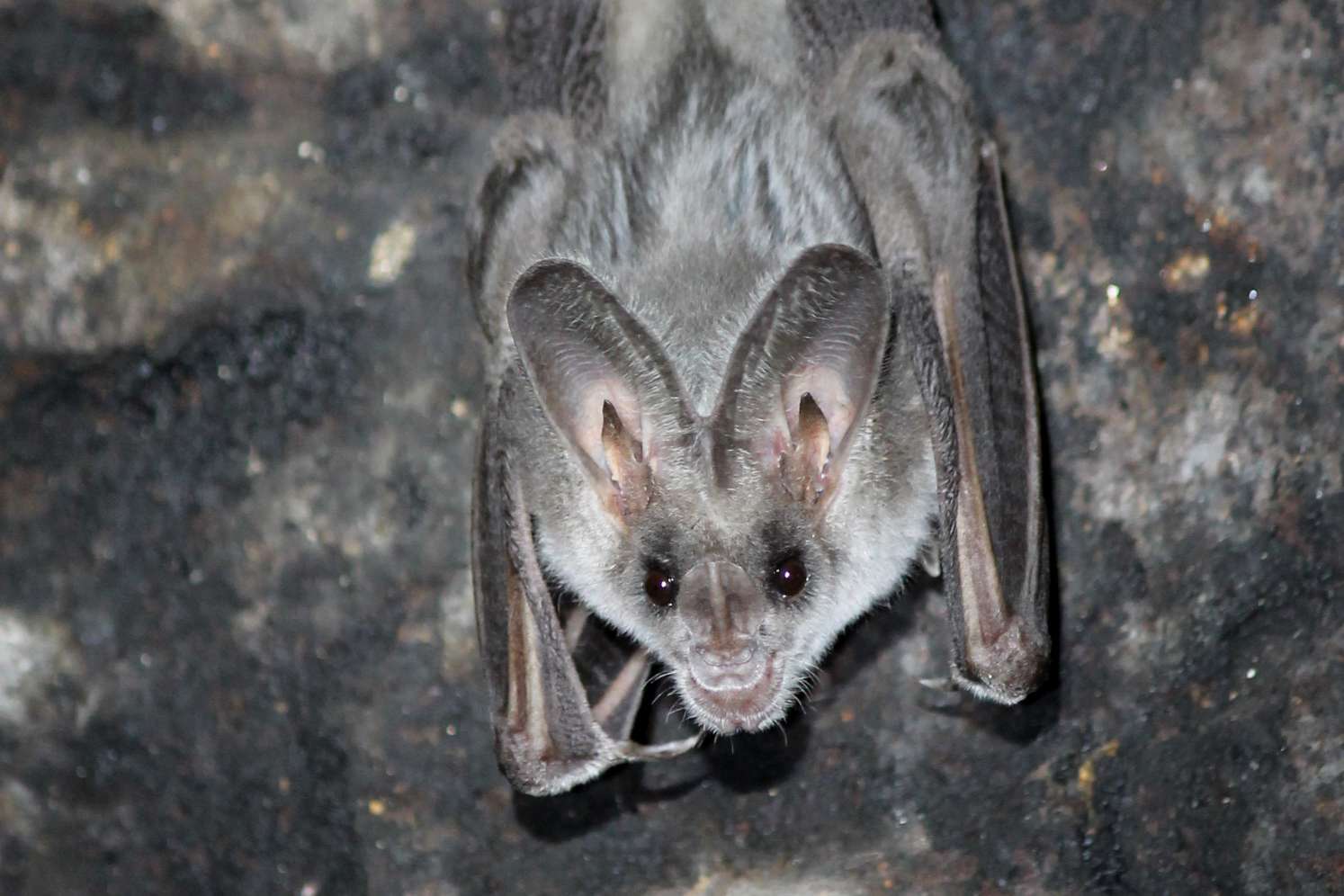
Mexican Tetra
The Mexican tetra is also known as the blind cave tetra or the blind cave fish. As its name suggests, it is a species of fish that lives in caves in Mexico. It is a small fish that is transparent and has no eyes, which is thought to be an adaptation to its dark, cave-dwelling habitat. This is also a popular aquarium fish and is known for its unique appearance and hardy nature.
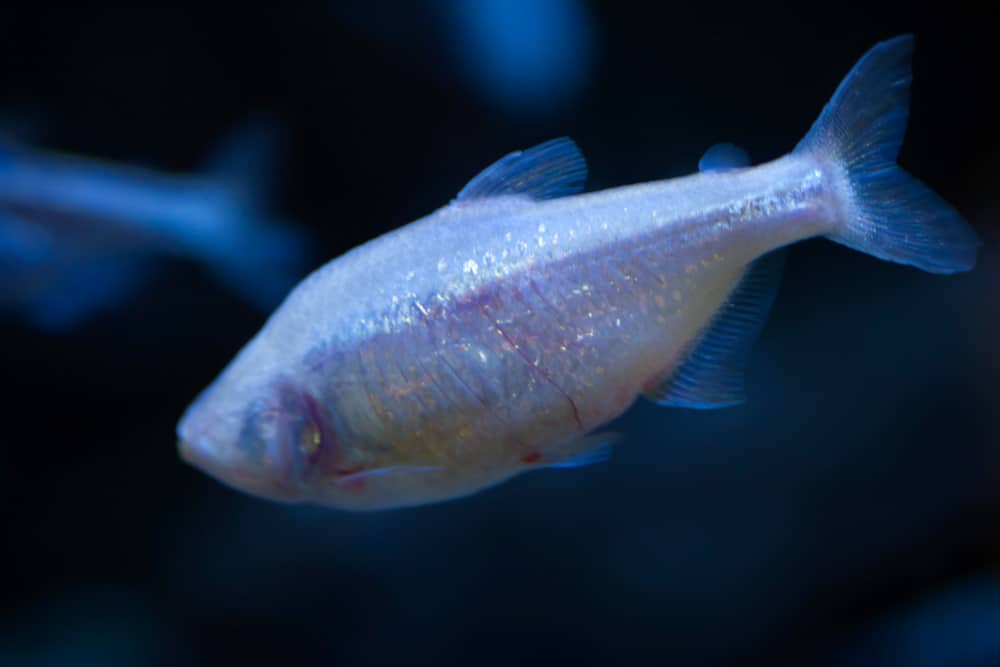
Giant Huntsman Spider
The Giant Huntsman Spider, also known as the Giant Crab Spider or the Banana Spider, is a species of spider that is found in caves and forests in Southeast Asia and Australia. It is the largest spider in the world by leg span, with some individuals reaching up to 30 centimeters (12 inches) in size. That’s a pretty huge spider to come across, that’s for sure.
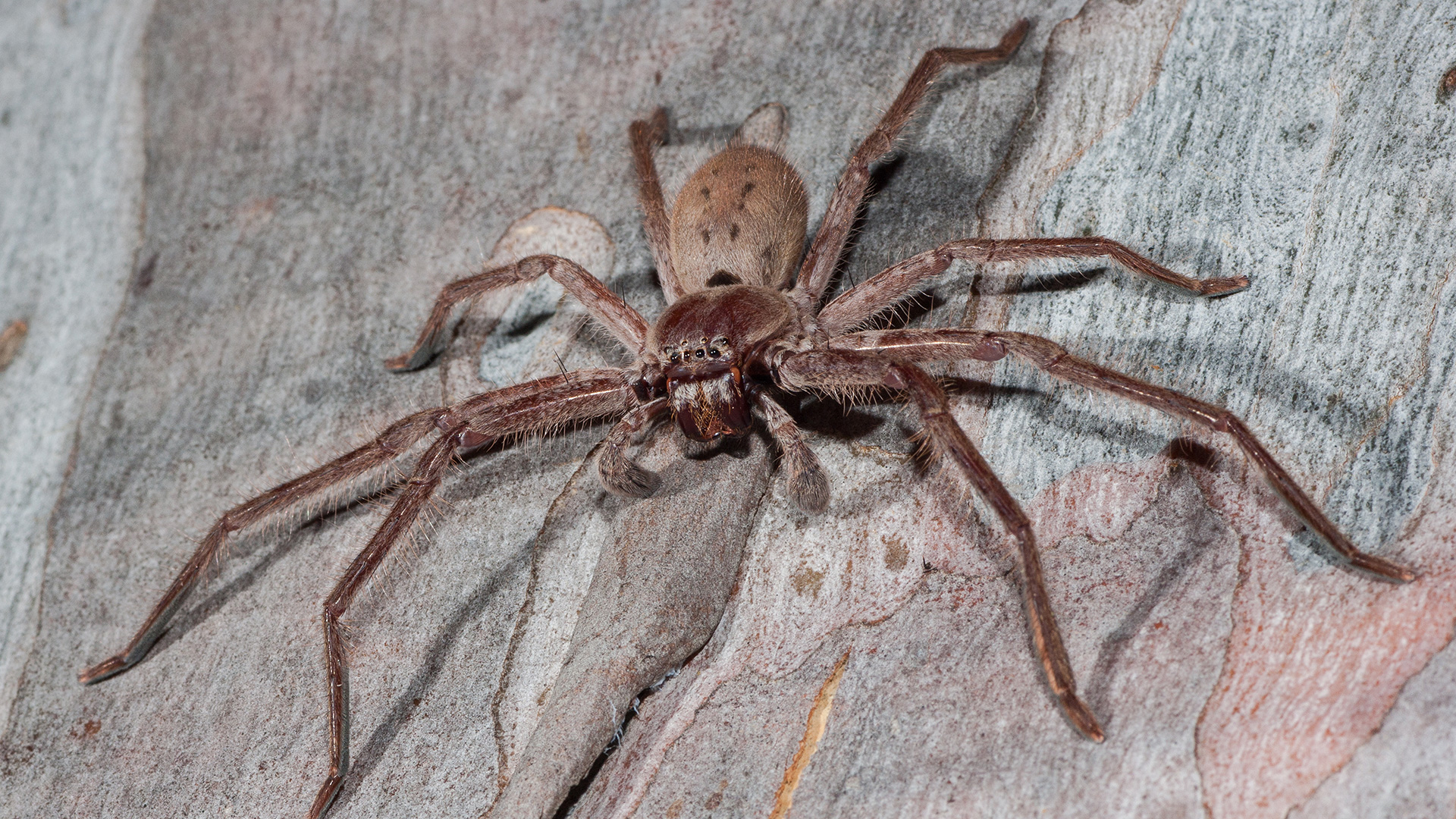
Texas blind salamander
The Texas blind salamander is also known as the Barton Springs salamander and is a species of aquatic salamander that is found in underground aquifers in Texas. It is a pretty small, blind salamander that has no eyes, and it is well adapted to life in the dark, underground waterways where it lives. It’s a rare and endangered species that is protected by state and federal law.
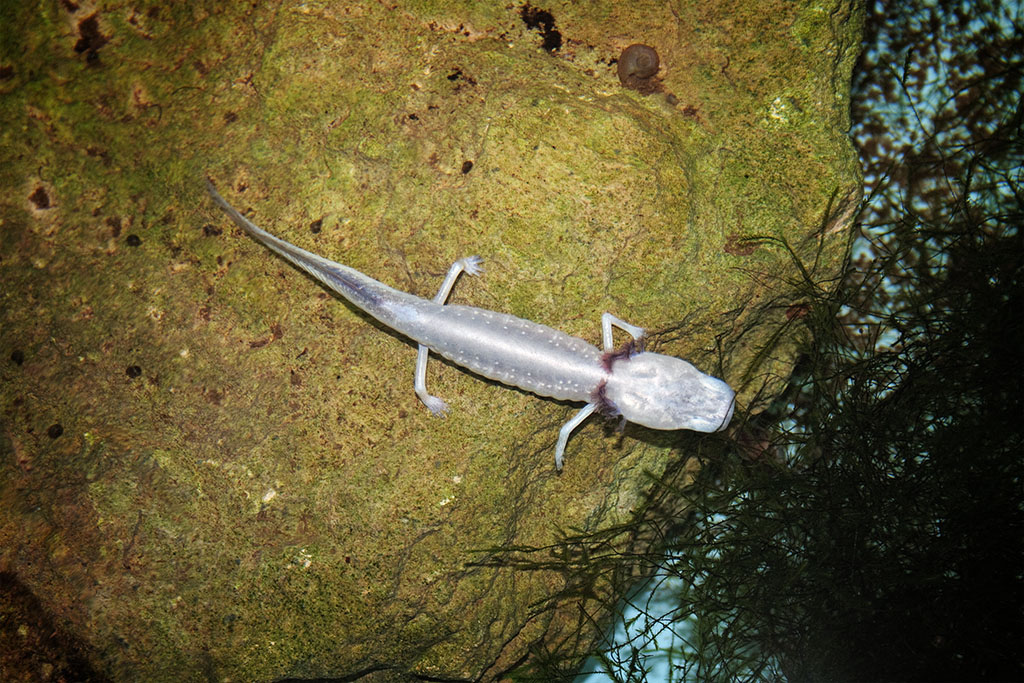
Spotted-tail salamander
The spotted-tail salamander is also known as the dusky salamander or “Cave Salamander” and is a species of salamander that is found in multiple states of the United States. It is a medium-sized salamander with a length between 10 and 20 centimeters (4 and 8 inches) that is typically brown or black. As you surely expected, it is distinguished by the spotted pattern on its tail.
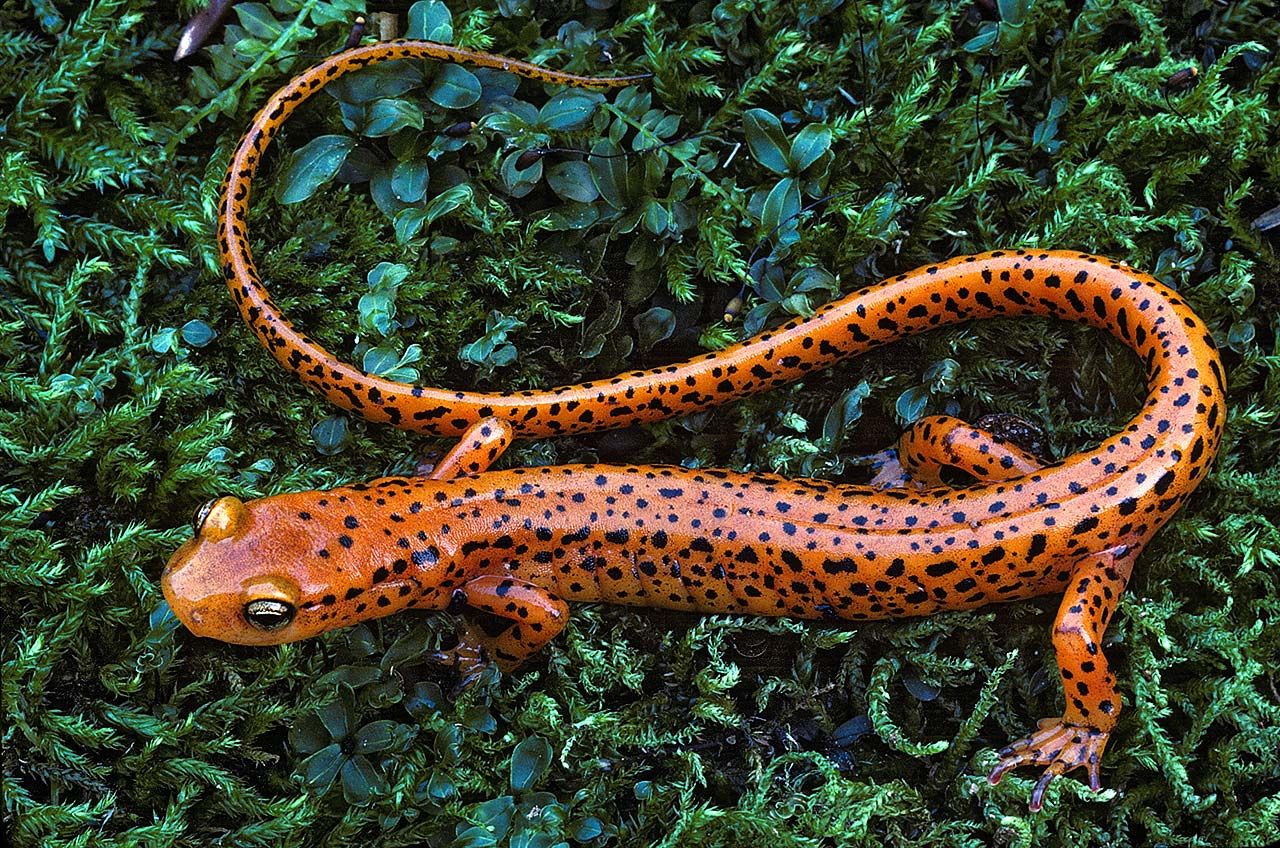
Devils Hole pupfish
The Devils Hole pupfish is a species of fish that is found in Devils Hole, a small, isolated pool of water in the Mojave Desert of Nevada. It lives in the top 24 meters (80 feet) of this pool which is 130 meters (430 feet) deep. It is a small fish that is less than 5 centimeters (2 inches) in length, and it is one of the rarest and most endangered fish species in the world. The Devils Hole pupfish is perfectly adapted to live in the warm, alkaline waters of Devils Hole, and it has a unique mating and reproductive strategy.
